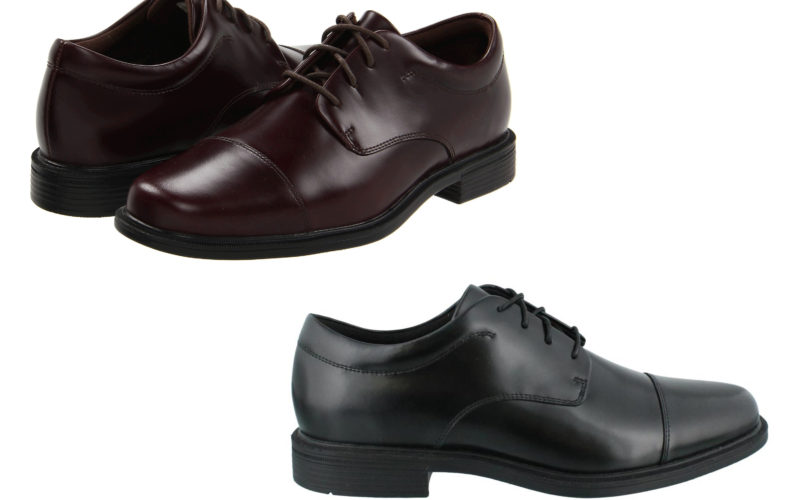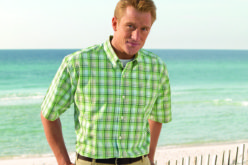Q. The snow is a-coming and I’m not slipping rubber covers over my work shoes. So, I’m wondering if it is acceptable to wear winter boots with dress pants and then change into office shoes once you get to the office? Or is changing shoes at work unprofessional?
A. Changing shoes when you get to the office in winter is not at all unprofessional; it is an intelligent thing to do.
If you follow my usual advice and buy the very best shoes you can afford (wear them; enjoy them; and take care of them), then you certainly don’t want to ruin those good shoes by wearing them while trudging through rain or snow. Since you don’t like rubber overshoes, you can wear rugged outdoor boots on your commute, then change from them to indoor, business-appropriate shoes once you reach your office.
I can understand your reluctance to wearing the rubber covers: not only are they often on the clunky – if not ugly – side, but they may not be high enough to protect your shoes in snow. I also understand why you may not want to carry a bag with your at-work shoes to and from the office. One way to avoid carrying shoes is to select a pair that will work in most business situations (not your very best pair, but ones that are versatile enough to go passably well with most of the clothes you wear at work). Keep them stored in a drawer or a closet at work.
If you are meeting an important client or going to an early meeting and refuse to carry extra shoes to change into, here are a few options:
- Cordovan: One of the best types of dress shoes you can own for the snowy season is anything made of cordovan leather. Quality dress shoes are generally made of either calfskin, suede, or cordovan. Fine calfskin is the most refined, but it scuffs easily, readily shows damage, and is not designed for bad weather. Suede is even more allergic to bad weather; it can actually be ruined if worn in rain or snow. On the other hand, cordovan is an equine leather that is naturally weather resistant; it is thick, durable, and probably the strongest leather you can find. Cordovan shoes are expensive, but they have advantages that make them worth the investment: they always look shined; they don’t develop creases; though too rugged for elegant dressy suits, they’re not too casual for most business wear; and they last forever.
- Shoes with a Rubber Sole: If your work environment is somewhat casual, and if you do not have a high-level meeting planned for the day, a rubber sole shoe that prevents water from seeping in and dries quickly will often be work-appropriate (be sure to add extra waterproofing protection before putting them on). Several companies make shoes that look like fine dress shoes, but have the extra traction of a rubber sole.
- Waterproof Leather Boots: Waterproof leather boots in a style that has a higher ankle to keep your feet dry no matter what the weather have a rugged style while still looking appropriate for the more casual office. They often have an extra layer of waterproofing as well as rust-proof hardware.
- Slip-On Rain Galoshes: Maybe you dislike rubber overshoes because you have not seen some of the newer slimmer styles. You can still wear your favorite work/dress shoes even when it’s snowing. If you choose galoshes that fit sleekly over your shoes; then just take them off when you get to work. A few styles made by SWIMS are highly stretchable, tear-resistant, and will insulate your feet from the cold.
Many of these weatherproof overshoes are inexpensive (in the thirty-dollar range) and are a great way to protect your $300 to $400 shoes from rain, snow, and salt damage. They fit over every shoe style and size. A few brand names to check out are: Tingley, Totes, and SWIMS.
Please send your men’s dress and grooming questions to MALE CALL: Lois.Fenton@prodigy.net









